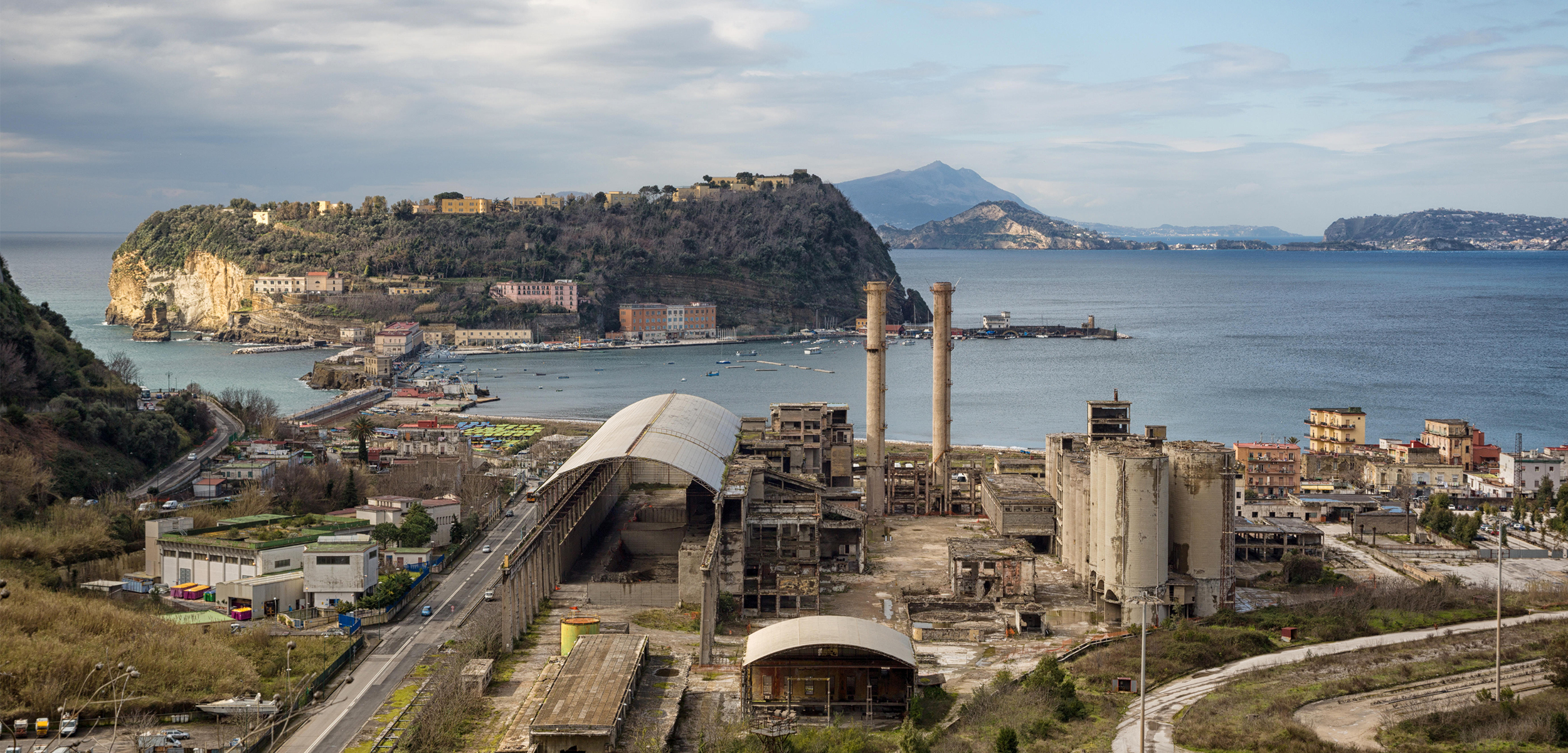Peeling Back the Sediment Layers
Pulling DNA out of buried sediment offers scientists a way to fight shifting baseline syndrome.
Article body copy
Today, Italy’s Bagnoli Bay is heavily degraded and largely devoid of marine life. But it wasn’t always this way. By studying environmental DNA trapped in sediments, known as sedaDNA, researchers turned back the clock 200 years to get a step-by-step view of the ecosystem’s decay. Beyond showing how far the ecosystem has declined, the scientists say this technique could prove a valuable part of restoration efforts in Bagnoli Bay and other degraded areas.
In 1827, Bagnoli Bay was a picturesque vision of Mediterranean waterfront: it was blanketed in meadows of Neptune grass and home to a diverse array of worms, sea squirts, sponges, and tiny planktonic organisms, says Lorena Romero, a marine ecologist with Italy’s Anton Dohrn Zoological Station, who worked on the environmental DNA analysis.
The scientists’ research revealed that from around 1851 to the early 20th century, the construction of a steelworks and an asbestos plant, along with modifications to the bay such as the construction of a causeway between an island and the mainland, caused the seagrass and much of the marine life that depended upon it to disappear. This included species whose DNA the scientists found buried in the sediment but is not held in any database, suggesting they are not known to science.
It’s a classic example of habitat degradation, Romero says, where specialists die off, leaving only those species that are able to survive stressful conditions.
The research effort included local scientists who had seen the more recent phases of Bagnoli Bay’s decline firsthand. Marco Cavaliere, a marine ecologist at the University of Urbino who lives nearby, says the quest to better understand how the bay looked before the Industrial Revolution stemmed from efforts to restore it. Though Bagnoli Bay is currently much cleaner than it was at its most polluted, ecological recovery has been limited, he says.
A particularly tricky aspect of conservation efforts is knowing what any ecosystem used to look like before modern anthropogenic impacts.
Nicole Foster, a marine biologist with the Smithsonian Institution who was not involved in the study, sees sedaDNA as a way to address a problem known as shifting baseline syndrome. When looking at coastal environments, what we see has often been shaped by historical and ongoing human actions, she says.
“When we go to restore an area, we often don’t know exactly what we’re restoring to,” she continues. That makes setting realistic restoration targets much more difficult. “Having these long-term data sets lets us see what the system was like before human-induced changes,” she says.
SedaDNA offers more than a before-and-after snapshot. Because the sediment is often laid down in layers over time, it lets the researchers track how species abundances changed over the decades. In the Bagnoli Bay research, for example, core sampling revealed the different phases of decline throughout the late 1800s and 1900s.
It also, adds Eric Capo, an aquatic microbial ecologist at Umeå University in Sweden who also was not involved in the research, offers a way to reconstruct that historical baseline even for times and in places where a proper ecosystem survey had never been performed. “So this is a very powerful tool,” says Capo, who has used the technique to study lake ecosystems.
As promising as sedaDNA may be, it does have limitations. For instance, DNA naturally degrades over time, Capo says. For that and other reasons, Lucy Coals, a graduate student at Australia’s Deakin University and Project Seagrass who wasn’t involved in the study, says sedaDNA isn’t a silver bullet. But it can be part of a toolbox to better understand how ecosystems have changed over time.

